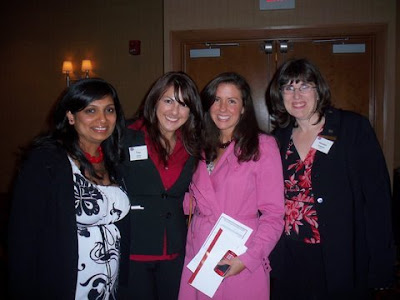Que: What do you do when you when you experience the feeling of “eureka” about a design solution and your client doesn’t? How are you able to convince them to see things your way?
Ans: …With one particular client, I made a presentation before I showed any work and logically explained why they had to do what I was presenting. I proved my thesis before presenting creative solutions. I’ve done that a number of times, and I’m getting better at it. It’s a lot of work but I’ve been trying to do this more and more. I know I have the tendency to jump to an answer without taking the time to express the logical steps.
(What a great idea. If more designers could implement this – we would have less opportunity to say that the client does not get it).

I loved the new NYCB logo the moment I saw it - of course it had to be designed by Scher (with Lisa Kitschenberg) of Pentagram and the NYCB's Luis Bravo. The identity aims at giving the company a dramatic, contemporary new aesthetic linked to its legacy and location. According to Scher, it is "designed to be powerful and graceful at the same time, like the company."









